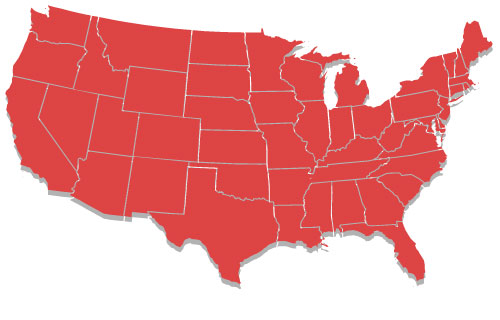Anthony Dulio, an expert in pond cleaning and pond maintenance, at American Underwater Services offers his 5 tips to control mosquito infestations.
While mosquito season doesn’t start until February, there are a few things pond owners can do in the meantime to get a head start on preventing an outbreak from forming and transmitting potentially deadly diseases to both humans, pets, and livestock alike.
In 2019 alone, 4 cases of Eastern Equine Encephalitis (EEE), a mosquito-transmitted deadly disease, have been reported in the New England area. EEE is just one of several mosquito-borne deadly diseases that are becoming more prevalent in North America.
Whether it’s due to climate change, or other factors, mosquito infestations should not be taken lightly. If you are a homeowner, HOA, or golf course pond manager, you have a responsibility to do your part in helping prevent these nasty pests from gaining a foothold in the local community.
Here are five tips pond owners can do to help prevent an outbreak for the spring 2020 mosquito season:
Stock Mosquito Killing Fish
Most ponds are bodies of stagnant water. This is a prime breeding ground for mosquitos to lay their eggs as they mature into adults. While many pond managers will opt for a species called a “Mosquitofish,” studies have shown that they are highly aggressive towards other smaller fish. If you have a dedicated fishpond, you can instead try to stock bluegill or fathead minnows as they are slightly less aggressive than a mosquitofish. As a bonus, the bluegill will grow nice and fat on a diet of insects and are very tasty when caught and fried up.
Destroy Nuisance Plants
Several plant species, such as Phragmites, also known as the common reed, and cattails inhibit water flow and can create the stagnant water conditions that are ideal breeding grounds for mosquitos. There are several ways to remove and eradicate these plant species. You can opt to use special herbicides, but keep in mind that they may upset the natural balance of the pond ecosystem. You can also physically remove the plants by hand or mechanical device.
Water Maintenance
Add Beneficial Bacteria to the Water
Bacillus thuringiensis serotype israelensis (Bti) is a strain of naturally occurring bacteria that are highly effective in controlling mosquito outbreaks. These bacteria produce a toxin that is deadly to the larvae of mosquitos and other nuisance insects such as fungus gnats and blackflies. Best of all, Bti are non-toxic to humans, fish, birds, livestock, and pets. You can purchase this product at most garden supply or home improvement stores. To use it, drop a few pellets into your pond and let nature take its course.
Circulate Your Stagnant Water
Ponds are an ideal breeding ground for mosquitos as they provide a calm, safe place for the larvae to hatch and mature. You can make your ponds unattractive to mosquitos by adding an aerator or another device to agitate the water. If your budget doesn’t allow a dedicated mechanical aerator to be installed, you can purchase a much cheaper floating fountain which attaches to a standard garden hose or electric pump. This will help add movement to your ponds and make them less appealing for mosquitos who are looking to lay their eggs.
Consider Pond Dredging
Mosquito larvae love to feast upon the algae outbreaks that exist on the surface of a pond. The algae outbreaks form when the organic matter at the bottom of the pond doesn’t decay. It will release nutrients into the water column that helps sustain and even grow the algae outbreak. A professional dredging service such as American Underwater Services can help prevent mosquito outbreaks by dredging the organic material at the bottom of your pond that feeds nuisance algae. This will severely limit the amount of food and mosquito larvae that your body of water can sustain.
Nation-Wide Pond, River, and Lake Dredging Services
At American Underwater Services, we specialize in the dredging and maintenance of golf courses, HOA, and homeowner ponds. Our experts have decades of experience that can help prevent deadly mosquito and algae outbreaks. The residents in the community will be thankful that you did your part in helping control a public health issue that’s starting to become more and more prevalent in this country.
Give us a call today at (817) 377-8512 for a free quote. We are headquartered in Texas but can travel to any state. No job is too big or too small for our expert team of dredgers!
[author_box]


